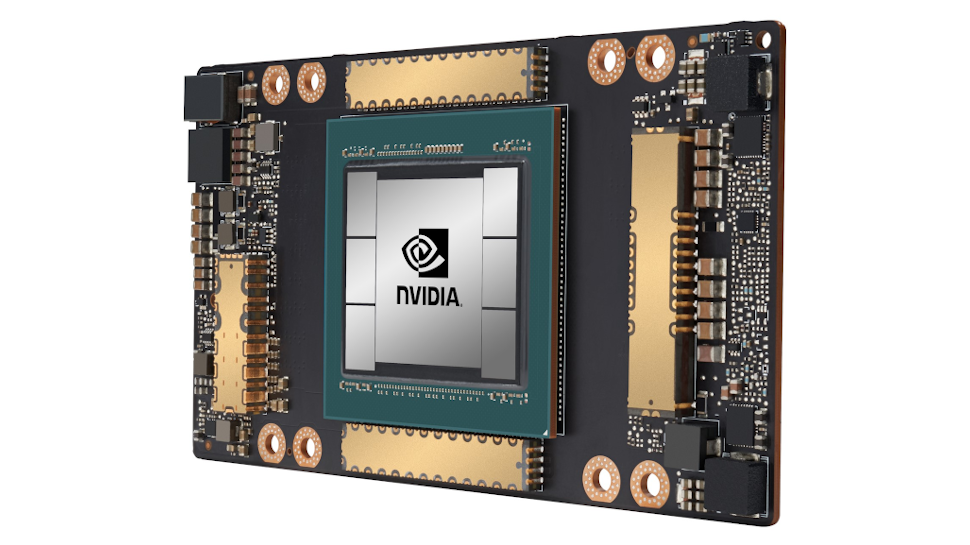Snap’s latest augmented reality glasses have a completely new — but still very oversized — design, larger field of view and all-new software that supports full hand tracking abilities. But the company is only making the fifth-generation Spectacles available to approved developers willing to commit to a year-long $99/month subscription to start.
It’s an unusual strategy, but Snap says it’s taking that approach because developers are, for now, best positioned to understand the capabilities and limitations of augmented reality hardware. They are also the ones most willing to commit to a pricey $1,000+ subscription to get their hands on the tech.
Developers, explains Snap’s director of AR platform Sophia Dominguez, are the biggest AR enthusiasts. They’re also the ones who will build the kinds of experiences that will eventually make the rest of Snapchat’s users excited for them too. “This isn’t a prototype,” Dominguez tells Engadget. “We have all the components. We’re ready to scale when the market is there, but we want to do so in a thoughtful way and bring developers along with our journey.”
Snap gave me an early preview of the glasses ahead of its Partner Summit event, and the Spectacles don’t feel like a prototype the way its first AR-enabled Spectacles did in 2021. The hardware and software are considerably more powerful. The AR displays are sharper and more immersive, and they already support over two dozen AR experiences, including a few from big names like Lego and Niantic (Star Wars developer Industrial Light and Motion also has a lens in the works, according to Snap.)
The glasses
To state the obvious, the glasses are massive. Almost comically large. They are significantly wider than my face, and the arms stuck out past the end of my head. A small adapter helped them fit around my ears more snugly, but they still felt like they might slip off my face if I jerked my head suddenly or leaned down.
Still, the new frames look slightly more like actual glasses than the fourth-generation Spectacles, which had a narrow, angular design with dark lenses. The new frames are made of thick black plastic and have clear lenses that are able to darken when you move outside, sort of like transition lenses.
The lenses house Snap’s waveguide tech that, along with “Liquid Crystal on Silicon micro-projectors,” enable their AR abilities. Each pair is also equipped with cameras, microphones and speakers.
Inside each arm is a Qualcomm Snapdragon processor. Snap says the dual processor setup has made the glasses more efficient and prevents the overheating issues that plagued their predecessor. The change seems to be an effective one. In my nearly hour-long demo, neither pair of Spectacles I tried got hot, though they were slightly warm to the touch after extended use. (The fifth-generation Spectacles have a battery life of about 45 minutes, up from 30 min with the fourth-gen model.)
Snap has also vastly improved Spectacles’ AR capabilities. The projected AR content was crisp and bright. When I walked outside into the sun, the lenses dimmed, but the content was very nearly as vivid as when I had been indoors. At a resolution of 37 pixels per degree, I wasn’t able to discern individual pixels or fuzzy borders like I have on some other AR hardware.
But the most noticeable improvement from Snap’s last AR glasses is the bigger field of view. Snap says it has almost tripled the field of view from its previous generation of Spectacles, increasing the window of visible content to 46 degrees. Snap claims this is equivalent to having a 100-inch display in the room with you, and my demo felt significantly more immersive than what I saw in 2021.
It isn’t, however, fully immersive. I still found myself at times gazing around the room, looking for the AR effects I knew were around me. At other points, I had to physically move around my space in order to see the full AR effects. For example, when I tried out a human anatomy demo, which shows a life-sized model of the human body and its various systems, I wasn’t able to see the entire figure at once. I had to move my head up and down in order to view the upper and lower halves of the body.
Snap OS
The other big improvement to the latest Spectacles is the addition of full hand tracking abilities. Snap completely redesigned the underlying software powering Spectacles, now called Snap OS, so the entire user interface is controlled with hand gestures and voice commands.
You can pull up the main menu on the palm of one hand, sort of like Humane’s AI Pin and you simply tap on the corresponding icon to do things like close an app or head back to the lens explorer carousel. There are also pinch and tap gestures to launch and interact with lenses. While Snap still calls these experiences lenses, they look and feel more like full-fledged apps than the AR lens effects you’d find in the Snapchat app.
Lego has a game that allows you to pick up bricks with your hands and build objects. I also tried a mini golf game where you putt a golf ball over an AR course. Niantic created an AR version of its tamagotchi-like character Peridot, which you can place among your surroundings.
You can also interact with Snapchat’s generative AI assistant, MyAI, or “paint” the space around you with AR effects. Some experiences are collaborative, so if two people with Spectacles are in a room together, they can view and interact with the same AR content together. If you only have one pair of Spectacles, others around you can get a glimpse of what you’re seeing via the Spectacles mobile app. It allows you to stream your view to your phone, a bit like how you might cast VR content from a headset to a TV.
The new gesture-based interface felt surprisingly intuitive. I occasionally struggled with lenses that required more precise movements, like picking up and placing individual Lego bricks, but the software never felt buggy or unresponsive.
There are even more intriguing use cases in the works. Snap is again partnering with OpenAI so that developers can create multimodal experiences for Spectacles. “Very soon, developers will be able to bring their [OpenAI] models into the Spectacles experience, so that we can really lean into the more utilitarian, camera-based experiences,” Dominguez says. “These AI models can help give developers, and ultimately, their end customers more context about what’s in front of them, what they’re hearing, what they’re seeing.”
Is AR hardware about to have a moment?
CEO Evan Spiegel has spent years touting the promise of AR glasses, a vision that for so long has felt just out of reach. But if the company’s 2021 Spectacles showed AR glasses were finally possible, the fifth-generation Spectacles feel like Snap may finally be getting close to making AR hardware that’s not merely an experiment.
For now, there are still some significant limitations. The glasses are still large and somewhat unwieldy, for one. While the fifth-gen Spectacles passably resemble regular glasses, it’s hard to imagine walking around with them on in public.
Then again, that might not matter much to the people Snap most wants to reach. As virtual and mixed reality become more mainstream, people have been more willing to wear the necessary headgear in public. People wear their Apple Vision Pro headsets on airplanes, in coffee shops and other public spaces. As Snap points out, its Spectacles, at least, don’t cover your entire face or obscure your eyes. And Dominguz says the company expects its hardware to get smaller over time.
But the company will also likely need to find a way to reduce Spectacles’ price. Each pair reportedly costs thousands of dollars to produce, which helps explain Snap’s current insistence on a subscription model, but it’s hard to imagine even hardcore AR enthusiasts shelling out more than a thousand dollars for glasses that have less than one hour of battery life.
Snap seems well aware of this too. The company has always been upfront with the fact that it’s playing the long game when it comes to AR, and that thinking hasn’t changed. Dominguez repeatedly said that the company is intentionally starting with developers because they are the ones “most ready” for a device like the fifth-gen Spectacles and that Snap intends to be prepared whenever the consumer market catches up.
The company also isn’t alone in finally realizing AR hardware. By all accounts, Meta is poised to show off the first version of its long-promised augmented reality glasses next week at its developer event. Its glasses, known as Orion, are also unlikely to go on sale anytime soon. But the attention Meta brings to the space could nonetheless benefit Snap as it tries to sell its vision for an AR-enabled world.
This article originally appeared on Engadget at https://www.engadget.com/social-media/snaps-fifth-generation-spectacles-bring-your-hands-into-into-augmented-reality-180026541.html?src=rss
Originally appeared here:
Snap’s fifth-generation Spectacles bring your hands into into augmented reality



